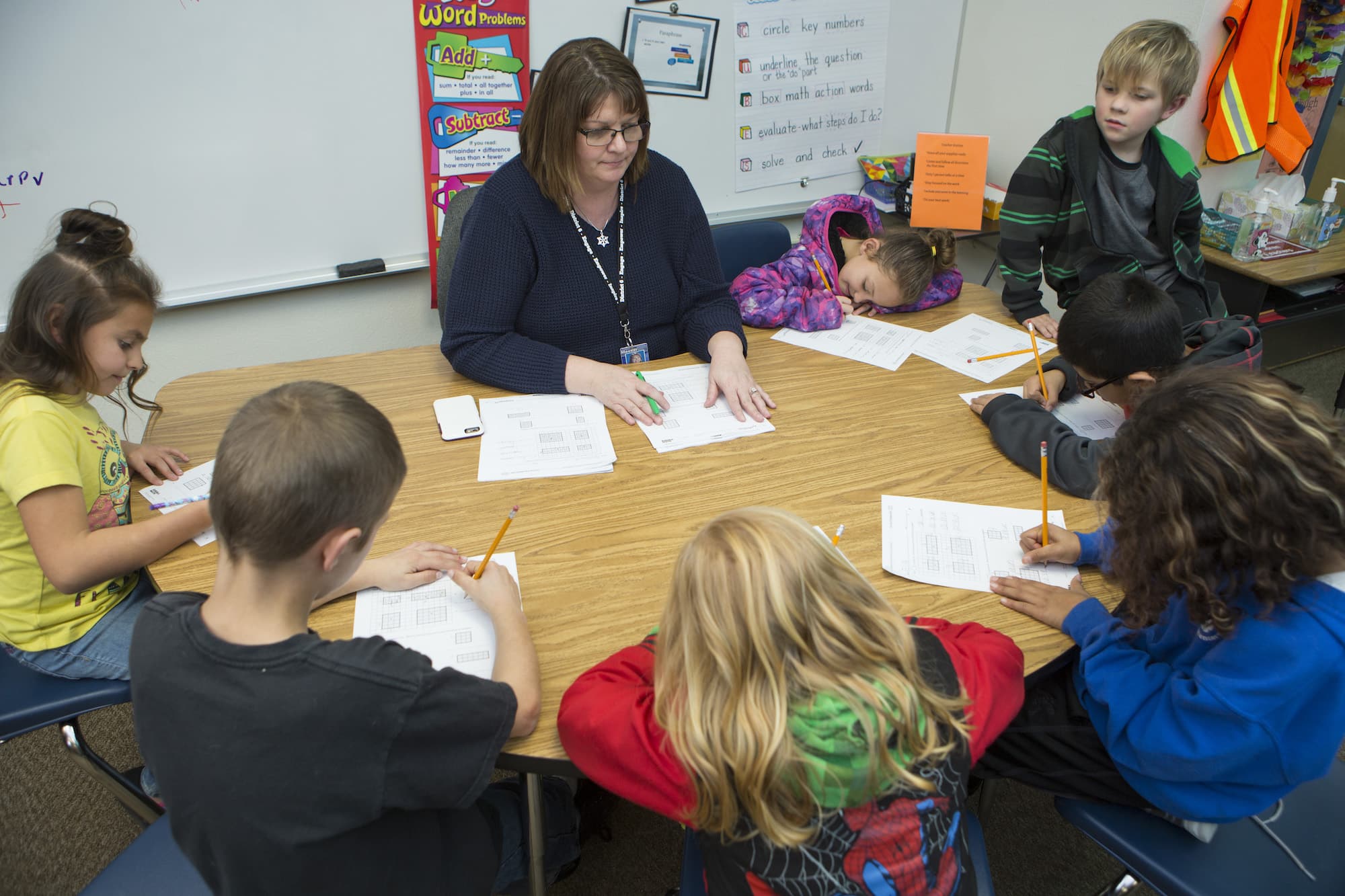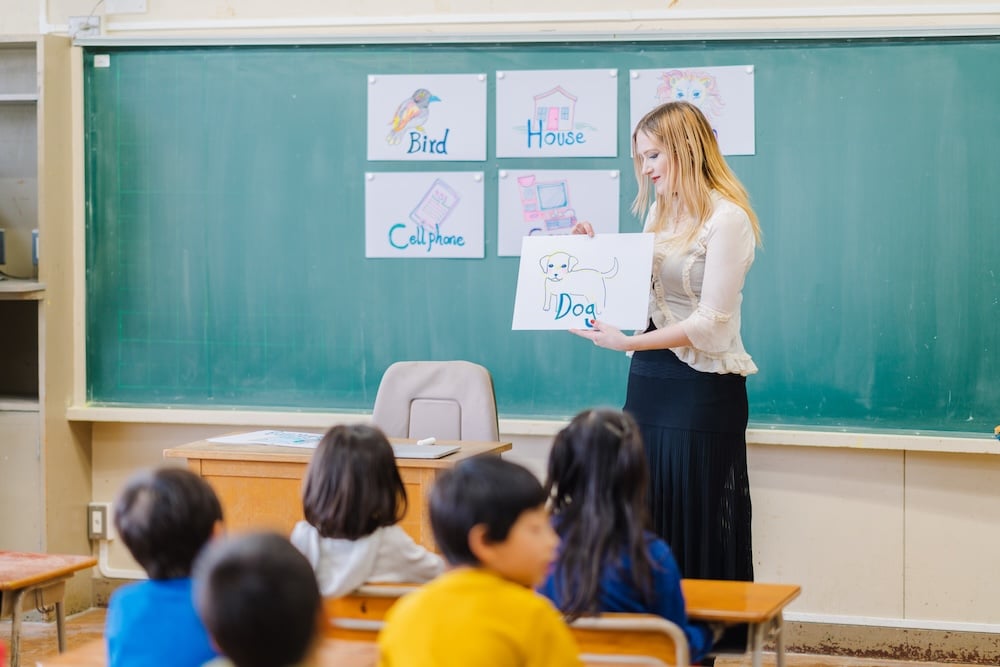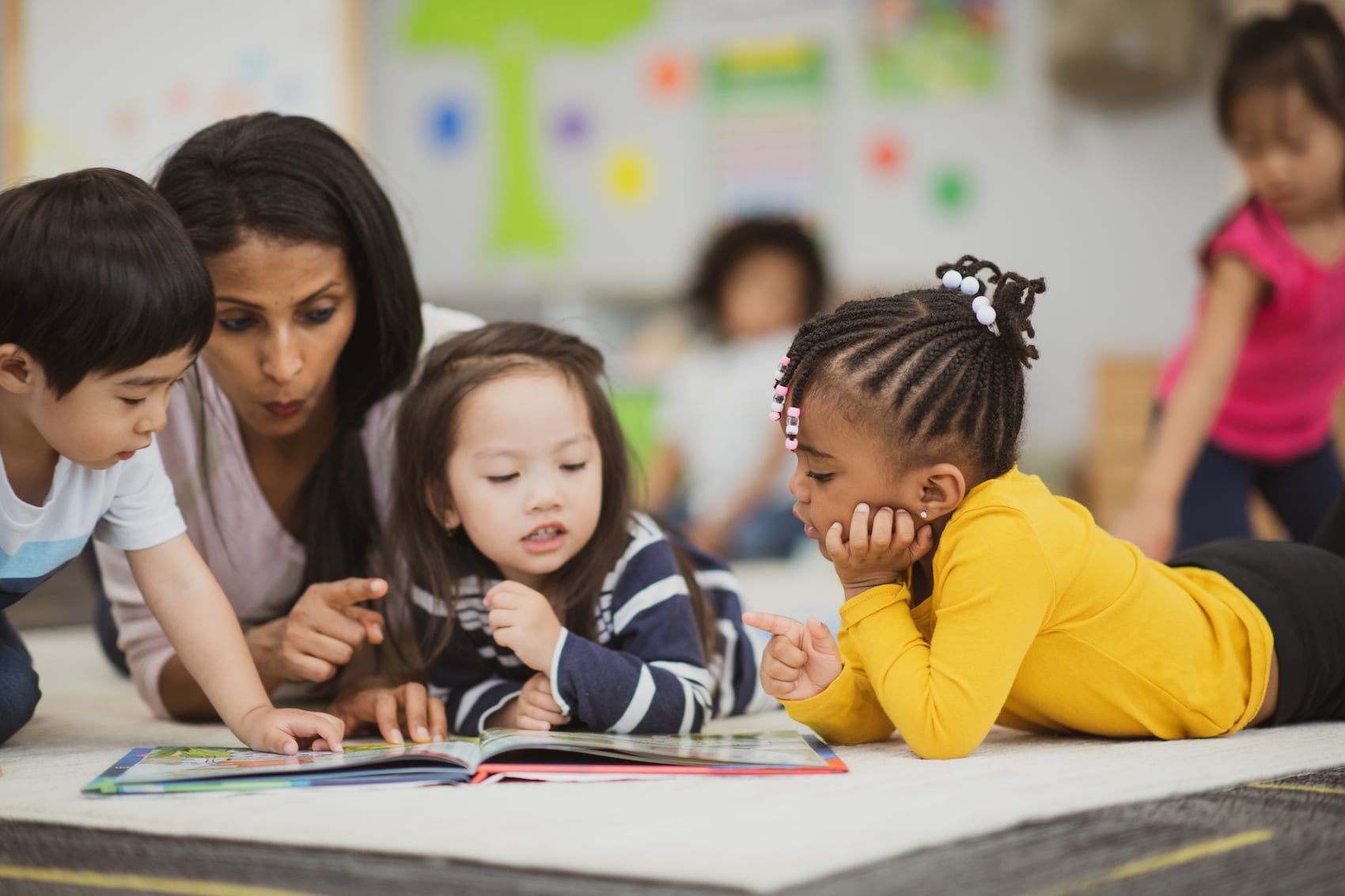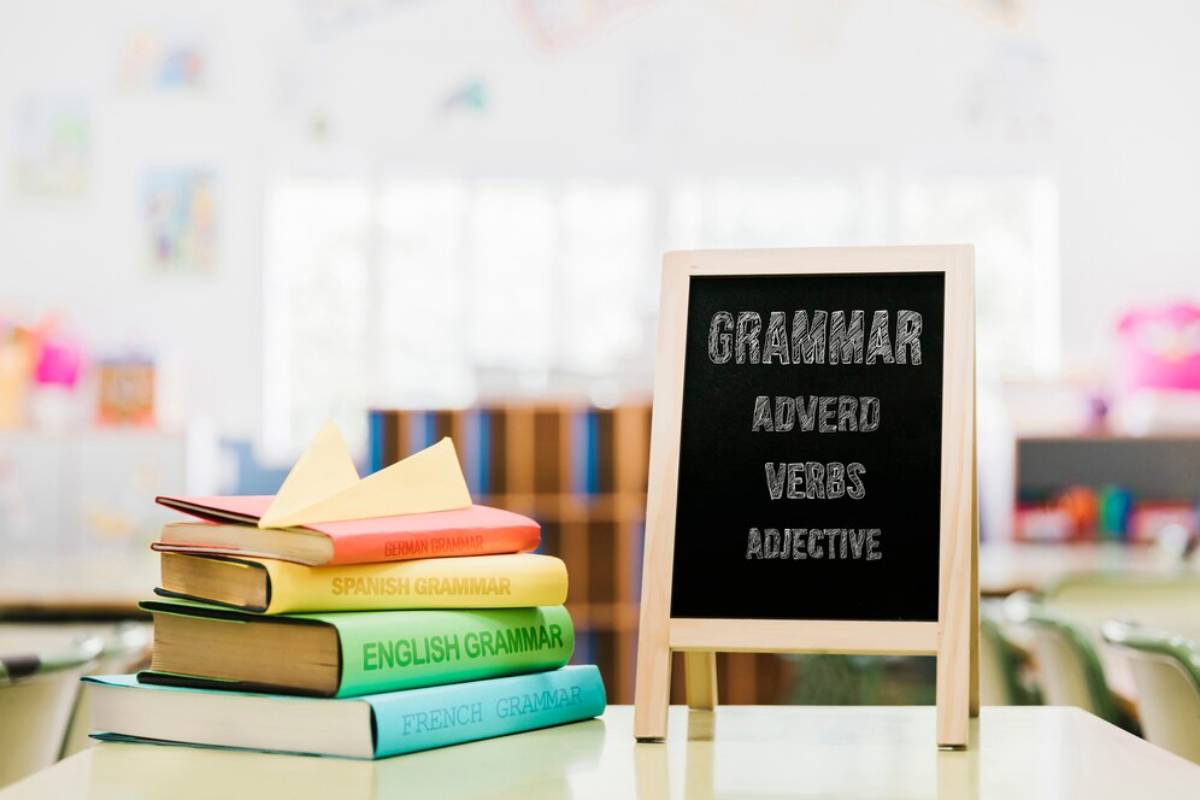
The Power of Visual Learning in Mastering Languages
Think about how you first learned to recognise objects as a child. Before you could read or speak, you connected images with meaning. A picture of a dog? You knew it was “dog” — even before you knew the word.
This connection between images and understanding is at the heart of visual learning. And it’s incredibly powerful when learning a new language.
Whether you’re just starting or trying to improve fluency, using visual aids in learning can speed up your progress, strengthen memory, and make your study time feel less like a chore.
In this post, we’ll explore why visual learning works, how to use language learning visuals in your day-to-day, and simple ways to make your memory stronger through images.
Why Visual Learning Helps You Learn Languages Faster
Your brain loves images
According to research, the human brain processes visuals 60,000 times faster than text. When you see something, your brain stores it more quickly and for longer.
That’s why it’s easier to remember a picture of a “banana” than just the letters B-A-N-A-N-A.
Memory through images
When you pair a new word with a picture, your brain creates a stronger mental link. Later, when you want to recall the word, the image helps bring it back faster.
This method is known as dual coding — using both visual and verbal input. It gives your brain two ways to remember the same idea.
Types of Visual Aids for Language Learning

There are many ways to use visuals to help you learn. Here are some of the most effective ones:
1. Flashcards with Images
A classic tool — and for good reason. But instead of just using a word and its translation, use a picture of the item or action.
Example: Instead of writing “dog – perro” on a flashcard, add a photo of a dog. Now you’re training your brain to link the word to a real-world image, not just another word.
Apps like Anki, Quizlet, and TinyCards let you create your own image-based flashcards.
2. Visual Word Maps
These are diagrams where one main idea (like “kitchen”) is in the centre, and related words (like “spoon”, “sink”, “oven”) branch out around it.
Use colours and icons to make it even more memorable. You can draw them by hand or use free tools online.
3. Picture Dictionaries
These aren’t just for kids. Adult learners benefit a lot from picture dictionaries, especially when starting out. They show real-world scenes (e.g. at the airport, in a café) with all the objects and actions labelled in the target language.
They help you learn vocabulary in context, not isolation.
4. Storyboards and Comics
Use short comic strips or illustrated stories to understand how words and phrases work in conversation. Comics show facial expressions, movement, and emotion — all of which help reinforce the meaning.
Apps like LingoPie and LingQ sometimes include these elements in their content.
5. Colour Coding
Colours can help your brain group and remember words. For example:
- Blue for nouns
- Red for verbs
- Green for adjectives
You can apply colour coding to your notes, flashcards, or word maps to improve memory.
Create Your Own Visual Tools
You don’t need expensive tools or artistic skills. Here’s how to build visuals at home:
1. Label your surroundings
Put sticky notes around your house — fridge, mirror, window — with their names in your target language. Add a drawing if it helps.
2. Draw what you’re learning
Can’t find the right image? Sketch your own. It doesn’t need to be perfect. Even a stick figure doing an action can help reinforce a verb.
3. Keep a visual journal
At the end of each day, draw or print one or two images that represent what you learned. Write the word or phrase underneath.
Over time, you’ll build a visual record of your progress.
How to Use Visuals in Real-Time Learning

Visual aids are great when paired with other types of practice:
During listening:
- Watch videos with subtitles and pause to take screenshots
- Use animated YouTube channels or children’s shows
- Follow along with infographics in your target language
During reading:
- Look for illustrated books or news articles with images
- Highlight unknown words and draw quick symbols next to them
- Match headlines to related images to guess the meaning
During speaking:
- Use picture prompts to describe what you see
- Practice storytelling with a comic strip
- Create slideshows of images and talk about them aloud
Real-Life Example: How Alex Used Visuals to Learn Italian
Alex, 30, struggled to remember vocabulary. “I’d see a word five times and still forget it.”
Then he started using images.
- He made his own picture flashcards with photos from magazines
- Watched Italian cooking videos and took notes with doodles
- Created mini comics of simple conversations
Within weeks, words started sticking. “Now when I think of ‘tagliere’, I picture a wooden cutting board. The image is there before the word.”
When Visual Learning Works Best
Visual learning helps all kinds of learners, but especially if:
- You’re a beginner
- You struggle with memorising words
- You’re a creative or visual thinker
- You enjoy drawing, charts, or diagrams
It’s also great for mixing things up when your usual routine feels stale.
Start Using Visual Learning Today
- Add pictures to your flashcards
- Use emojis in your digital notes
- Draw out scenes from a video you watched
- Use mind maps for new vocabulary sets
- Watch videos with visuals and subtitles together
You don’t need to use every method at once. Pick one or two that feel fun or useful, and make them part of your routine.
Conclusion: Make Language Learning Stick with Visuals
Language learning doesn’t have to be about memorising long lists or drilling grammar rules. It can be visual, engaging, and fun.
By adding images, colours, and drawings to your practice, you give your brain more ways to remember and connect words. Whether it’s a flashcard, a comic strip, or a sticky note on your kettle — visuals turn abstract words into real, memorable ideas.
So grab a pen. Find a picture. Stick a word on your wall. And let your language learning come to life.


